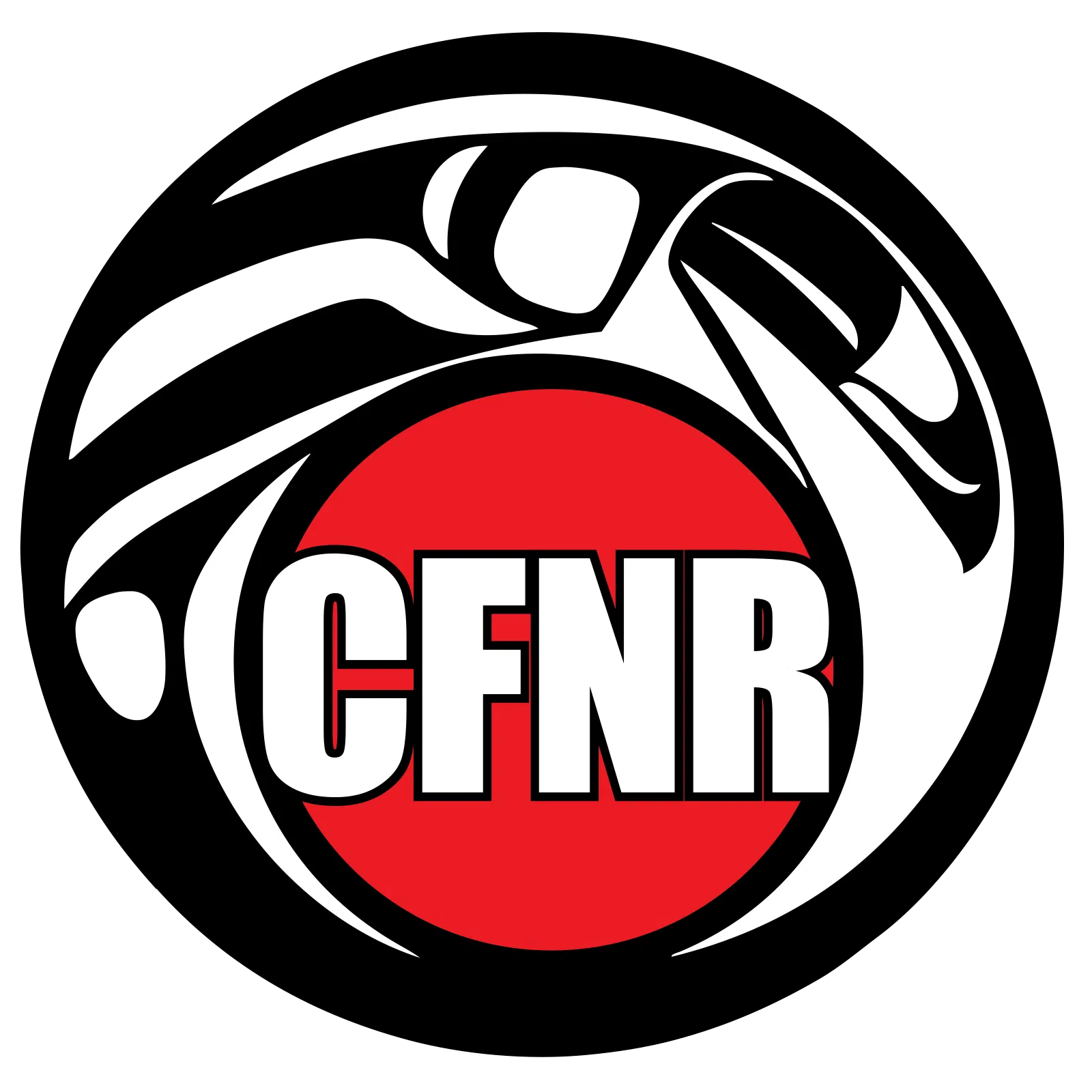In Williams Lake, Central Chilcotin Rehabilitation Ltd. is leading a new kind of forest recovery—one rooted in Indigenous knowledge and long-term ecosystem health. After years of intense wildfires in the region, the organization, a joint venture between the Yunesit’in, Tl’etinqox, and Tŝideldel First Nations, is going beyond replanting standard conifer trees. Their focus includes culturally significant shrubs and a variety of native deciduous species.
CCR recently partnered with Roserim Nursery, a family-run operation near Canim Lake, to grow and supply plants like trembling aspen, paper birch, and important shrubs such as saskatoon berry, soopolallie, and red osier dogwood. These species not only support forest regeneration but also serve traditional roles as food and medicine for Indigenous communities.
According to CCR, fire-damaged lands often struggle to regenerate naturally, especially in areas where shrubs and deciduous trees are slow to return. By planting a broader range of species, CCR is helping restore the full balance of forest ecosystems.
This work strengthens biodiversity, supports wildlife like moose, and reinforces cultural connections between Indigenous people and the land. CCR hopes to expand this model across more fire-impacted regions, offering a sustainable path forward for forests, animals, and communities alike.










Comments